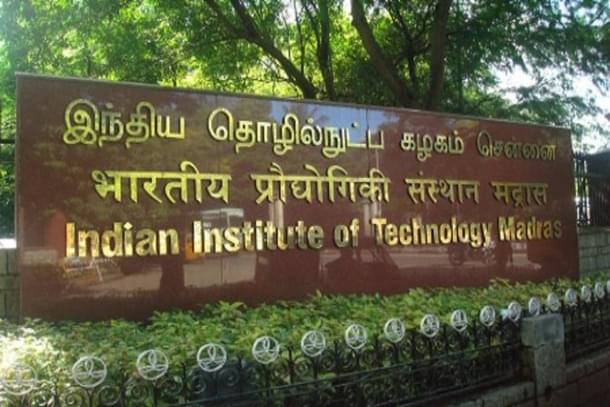Insta
IIT Madras, German Researchers Develop New Cathode Materials To Enhance Lifetime, Performance Of Li-Ion Batteries
Swarajya Staff
Jan 23, 2020, 05:07 PM | Updated 05:03 PM IST
Save & read from anywhere!
Bookmark stories for easy access on any device or the Swarajya app.


A joint team of Researchers from Indian Institute of Technology Madras (IIT-M) and Karlsruhe Institute of Technology (KIT), Germany have developed a new class of ‘high entropy materials’ for use as cathodes in long-lasting and better performing lithium ion batteries, the Institute said on Thursday (23 January).
The limited lifetime of the lithium-ion batteries has remained a challenge to overcome for the researchers. The research by the IIT-M teach is significant as it will enhance the life time of Li-ion battery, which has become the most widely used energy storage medium.
Poor lifetime of lithium ion batteries arises from the poor cycling stability of the cathodes – the performance of the cathode reduces with multiple charge-discharge cycles because of side reactions between the active material and the electrolyte.
Improvements in cycling stability and better performance have therefore hinged on developing better cathode materials, such as those developed by the IIT Madras and KIT researchers.
The study, published in the RSC journal Energy and Environmental Science, reports the synthesis of non-toxic and relatively inexpensive and more earth-abundant cathode materials with enhanced lithium ion storage properties and considerably improved cycling performance over currently used cathode materials.
“The uniqueness of our cathode materials is that despite their high chemical complexity, they have phase purity,” said study researcher S S Bhattacharya, Department of Metallurgical and Materials Engineering, IIT Madras.
The phase purity is believed to result from high configurational entropy that results from the five cations occupying random sites in the crystal lattice, hence the name ‘High Entropy Oxides’ or HEOs researchers developed HEOs containing the ions of five metals, manganese, cobalt, nickel, copper and zinc.
While only oxygen ions occupy the anionic site in traditional HEOs, they replaced some of the oxides with fluoride ions to adjust the electrochemical properties.
They then compared the performance of these cathodes to conventional nickel-based cathode materials and found that not only was the specific capacity higher for the HEO, but the performance degradation during cycling was also much smaller than conventional cathodes.
According to the researchers, better lithium ion storage and cycling performance were due to the entropy stabilisation in these compounds.
(With inputs from IANS)





